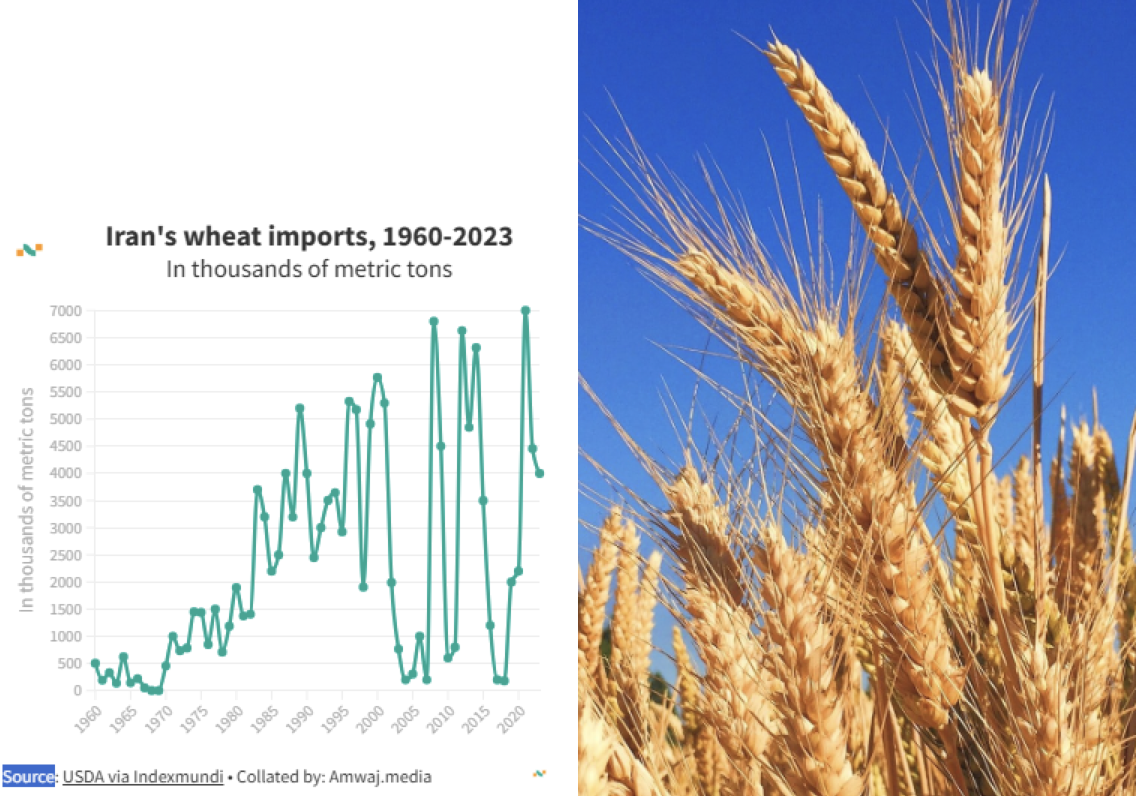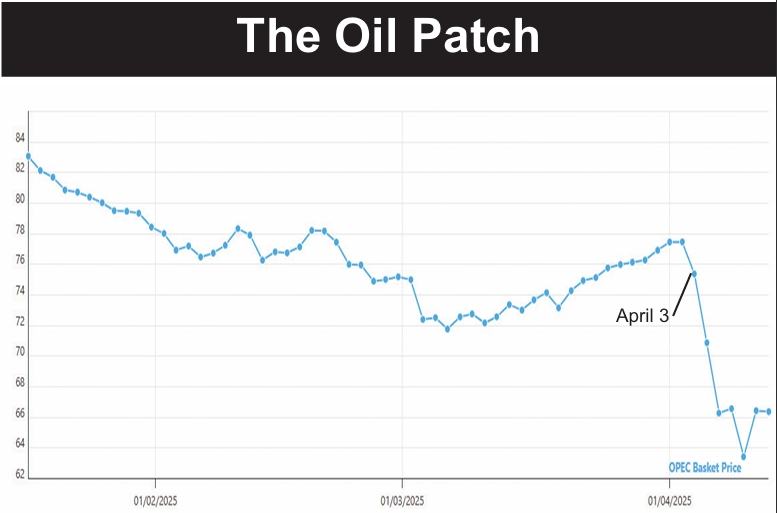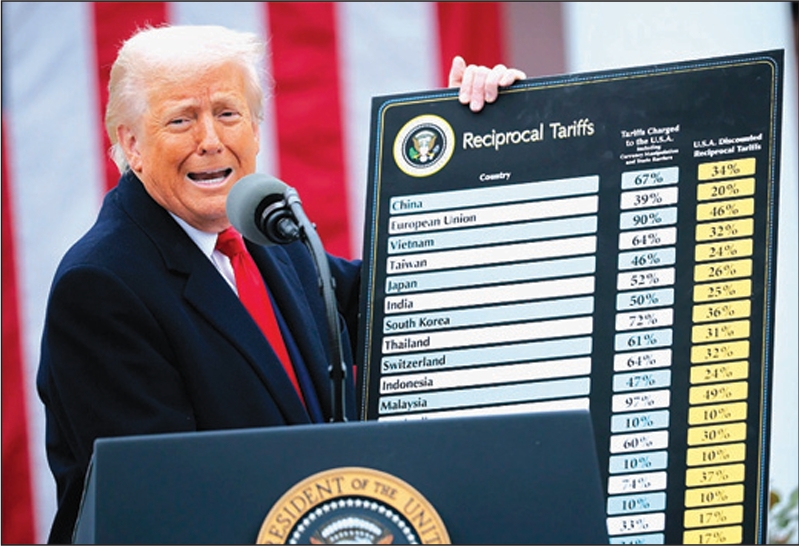The last previous explosion erupted November 28 at the Tamarchin border checkpoint hear Piranshahr in West Azerbaijan province. Nine tanker trucks that were being cleared through the border post caught fire. Three Iraqi drivers were killed. The governor of Piranshahr blamed the incident on the Iraqi drivers for leaving their trucks unattended and failing to observe safety and traffic rules. It wasn’t explained now the drivers were killed in the explosion if they had left their vehicles unattended.
An explosion erupted November 1 as workmen were checking out a tank in the new gasoline production unit being built at the Arak refinery. No one was killed, state television said. Officials put the damage at 5 million rials ($500,000). But they did not say how much the explosion would set back the gasoline expansion.
The Arak explosion is the only one that has erupted near Iran’s borders.
Arak was producing 4 million of the 66 million liters of gasoline Iran uses daily. When the project where the explosion occurred is finished, it is due to produce 16 million liters a day. That addition of 12 million liters would address more than half of the 22 million liters Iran has normally imported.
Before that, the next previous oil industry explosion occurred October 21 on the deck of an oil pipe storehouse in Khor-ramshahr. An announcement said one man was killed and two others injured. It blamed the blast on some ammunition that had been stored at the site during the 1980-88 war and never removed. No one has said why the ammunition was not removed in 22 years.
The explosion before that was August 6 near Mashhad as a workman trying to lay a new gas pipeline dug into an existing gas pipeline with his bulldozer and set off an immense blast with a ball of fire that engulfed an area 600 meters, or more than a third of a mile, across. There were conflicting reports on deaths and injuries, but at least four workmen died that day. Some reports said the death toll later reached 10 because of serious injuries.
Twelve men were killed in the four previous explosions.
The nine explosions in eight months have been widely scattered physically and have involved gas, oil and petrochemicals. There has been some speculation of sabotage by foreign powers given that eight of the nine have been near Iran’s borders. But the government has not alleged any sabotage.
Most believe lax safety standards and inadequate maintenance are the chief causes of the series of explosions, though nine in eight months is far above the norm.
The map below shows the locales.
Two days before the Mash-had pipeline explosion, five men were killed when a blast erupted from a gas leak while workmen were welding an ethane pipeline at the Pardis petrochemical plant in Assaluyeh port on the Persian Gulf coast. The plant had been inaugurated days earlier by President Ahmadi-nejad.
One day before that explosion, the governor of Talesh in Gilan province on the Caspian coast, Khalid Behruzifar, told the Islamic Republic News Agency (IRNA) a gas pipeline explosion there had caused minor damage to nearby farms and there were no casualties. Thirty-two meters of the main pipeline, which carries gas to the western provinces, were destroyed, he said.
Two weeks before that, four people were killed in an explosion and fire on Kharg Island. Provincial officials said the explosion was caused by high pressure in the boiler of the petrochemical factory on the island.
Before that, Iranian fire-fighters needed nearly 40 days to extinguish a blowout and fire at an oil well in the western province of Kermanshah. The explosion May 29 killed three workers, injured a dozen more, and sent balls of flame into the air. At its worst, the fire was consuming 8,000 barrels of oil a day.






















